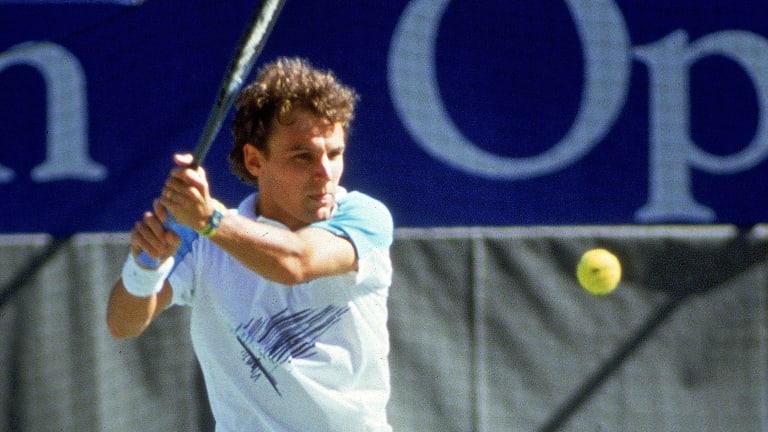Throughout the 1970s and most of the ‘80s, the Australian Open struggled to keep up with the other three majors as far as importance to the players went. Scheduling was often cited as a problem, as well as the traveling.
Going into 1988, though, it would be a new and revitalized tournament that kicked off the Grand Slam season.
First, the venue was moved from Kooyong to Melbourne Park. And, more dramatically, the surface was changed from grass to the new Rebound Ace, a softer hard court that played relatively slow compared with the average concrete surface.
What players would take advantage of the new conditions?
On the women’s side, the top seed was Steffi Graf. The 18-year-old German had won her first major in 1987 at the French Open, and reached the final of Wimbledon and the US Open to propel her to the top spot.
On the other side of the draw was two-time champion Chris Evert. Her record in Australian Open final matches would drop to 2-4 as Graf won the title in straight sets for her second career Grand Slam. She also became the first German to ever win a singles title at the event.
Ivan Lendl was expected to thrive on the new court. Like Graf and Navratilova, he was also bidding for his fourth major final in a row, winning the 1987 French and US Opens and losing at Wimbledon to Pat Cash.
In Melbourne, Lendl was once again denied by Cash in the semifinals. Cash reached the final of his home Slam for the second year in a row as he finished runner-up to Stefan Edberg in 1987.
His opponent this time would be another Swede who thrived in Australia, Mats Wilander.
